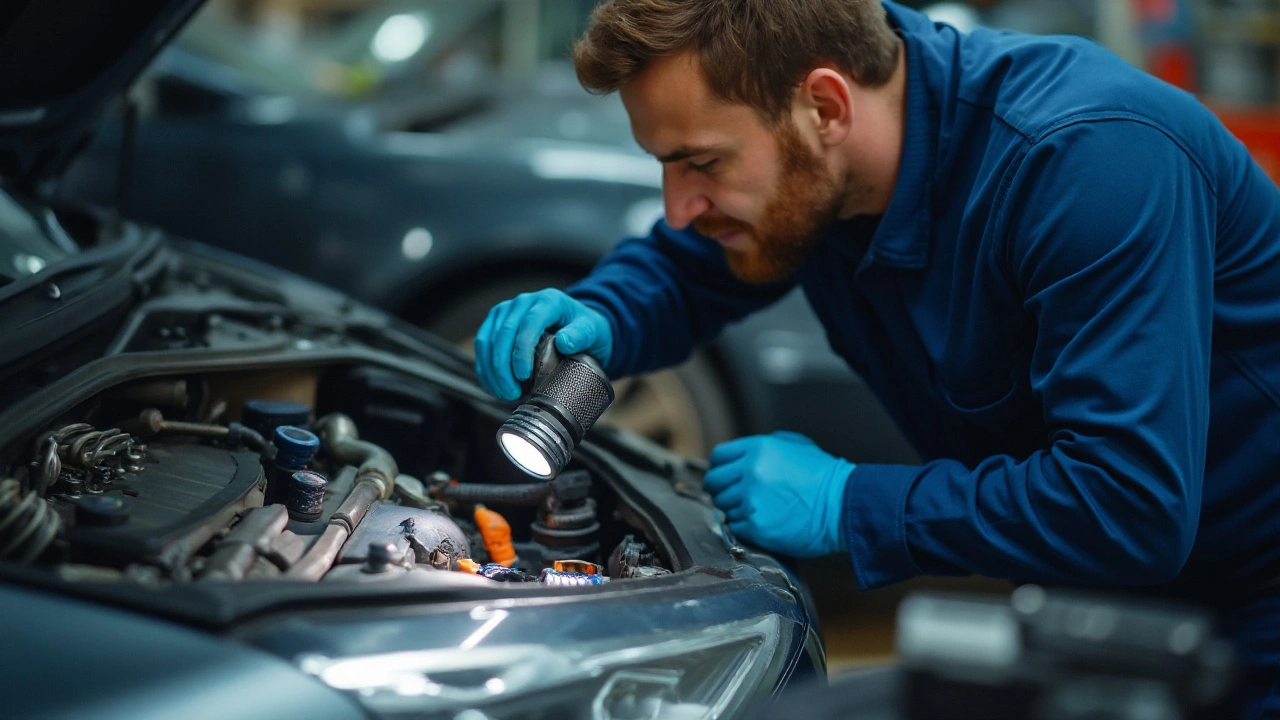Pump Failure: Causes, Symptoms, and Fixes
When dealing with Pump Failure, the condition where a pump cannot move fluid as intended, leading to performance loss or engine damage. Also known as pump breakdown, it often signals trouble in critical systems. A failing pump can make a car stall, cause the engine to overheat, or leave a boat powerless. Understanding why the pump stops working is the first step toward a reliable fix.
Fuel Pump, the component that pushes gasoline from the tank to the engine is one of the most common culprits. When the fuel pump falters, you’ll notice rough idle, loss of power under acceleration, or a hard start. pump failure in the fuel system frequently requires a pressure test before you replace anything.
Water Pump, the pump that circulates coolant through the engine’s cooling loop can also go bad. A broken water pump often shows up as a whining noise, coolant leaks, or an engine that runs hot despite a full radiator. Because the water pump keeps temperatures in check, its failure quickly escalates to costly overheating damage.
How Pump Failure Relates to Other Systems
Pump failure encompasses fuel pump malfunction, water pump breakdown, and even hydraulic pump issues in power‑steering or braking circuits. It requires diagnostic testing—like checking voltage at the pump connector, measuring pressure, or listening for abnormal noises—to pinpoint the exact component. Fuel pump problems influence engine performance, while water pump issues affect cooling efficiency; both directly impact vehicle reliability.
In many cases, the electrical system is the hidden link. Corroded wiring, a weak relay, or a blown fuse can mimic a mechanical pump problem. Running a simple voltage check before tearing apart the pump can save you time and money.
For marine applications, a pump failure might involve the raw water pump that draws seawater for cooling, or a bilge pump that removes excess water from the hull. Both share the same principle: if the pump stops, water builds up and can cause serious damage. Regular inspection of impeller wear and seal integrity helps catch issues early.
Repair strategies differ by pump type. Fuel pumps often come as complete modules that replace the pump, filter, and pressure regulator together. Water pumps usually require removal of the timing belt or chain, so checking belt wear at the same time is smart. Hydraulic pumps may need seal replacement or fluid flushes before re‑assembly.
Preventive maintenance is key. Keep fuel filters clean, change coolant on schedule, and watch for any change in pump noise. A quick visual check of hoses for cracks or kinks can reveal potential blockages that lead to pump strain.
Below you’ll find a curated set of articles that walk you through spotting pump failure signs, testing methods, and step‑by‑step repair guides. Whether you’re fixing a car’s fuel pump, a boat’s water pump, or any other pump that’s giving you grief, the resources here will give you the confidence to get it running again.

Common Reasons Behind Fuel Pump Malfunctions and How to Prevent Them
Jan 28 2025 / Car MaintenanceFuel pumps play a critical role in ensuring a vehicle's engine runs smoothly by delivering fuel from the tank to the engine. However, several factors, such as contaminants, overheating, and electrical issues, can lead to their failure. Understanding these causes can help drivers prevent malfunctions, which can save costly repairs or replacements. This article explores common causes of fuel pump issues and offers practical solutions to keep them in good working condition.
VIEW MORE